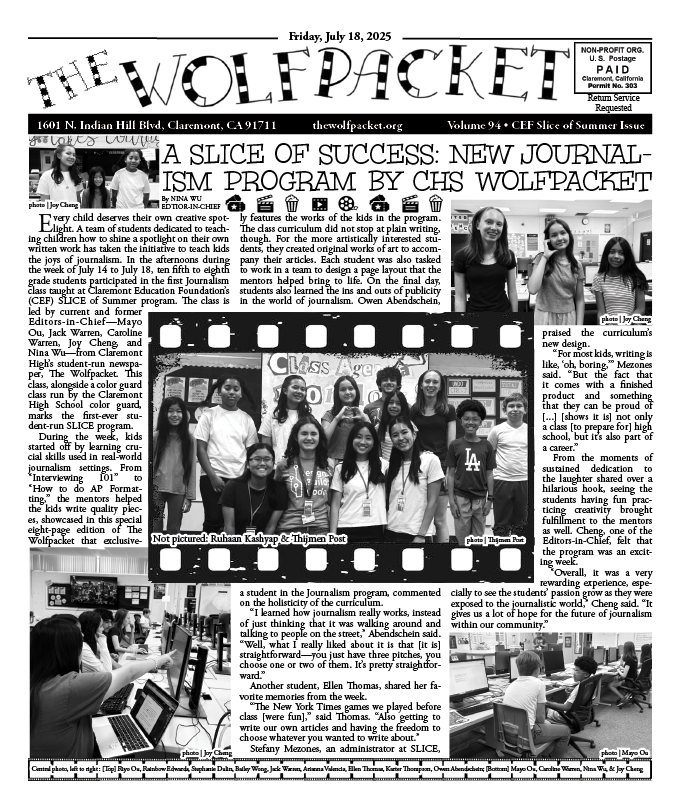The First Amendment grants the freedom of the press. News, born from this freedom, has been a cornerstone of democracy for the past century, shaping the course of our nation and the world. Newspapers, radio, and television have historically served as trustworthy sources. However in the modern day, the landscape of news has changed. The death of traditional news has become a pressing issue – technological advances, social media, and financial pressures have altered the distribution of information for the worse.
The internet and modern technology have revolutionized the way the United States views news. With the accessibility of information from smartphones and computers, print issues have become scarce. News posts often rely on printing, and without it, many are experiencing massive drops in subscriptions. Even major newspapers such as The New York Times and The Washington Post are struggling to keep up with viewership. In fact, according to the Pew Research Center, circulation of newspapers is down 32% in just five years. This is becoming increasingly problematic for both funding and publicity.
Moreover, because of the lack of demand, even more funding is under threat of being revoked. According to an article published by The Verge on May 22, 2024, Google is cutting back its investments into the news industry. The article further states that Google provides more than $300 million in funding to various news organizations. If such a large sponsor backs out, many of the thousands of news outlets supported by Google may go out of business entirely.
Additionally, a contributing factor to the decline of news is misinformation, particularly on social media. Facebook, X, TikTok, YouTube, and Instagram are starting to be used as sources of information, especially for younger generations. However, because algorithms are designed to feed people what they want to see, the information relayed is often biased and prone to inaccuracy. Disinformation, the spread of deliberately misleading or biased information, has begun to circulate more prevalently on social media platforms. Made-up stories, conspiracy theories, and fake news go viral, attracting attention from millions of people and often spiraling into confusion and panic. A quote often attributed to Mark Twain puts it best.
“A lie can travel halfway around the world while the truth is putting on its shoes,” Twain said.
In a hybrid nightmare of these major issues, the financial pressures news outlets are experiencing are devastating. The revenue from traditional advertising has migrated to digital platforms, a quicker and cheaper way to advertise, and many posts struggle to keep up. As a result, many news organizations have been forced to scale back their operations, lay off journalists, or shift to only digital formats. To cope, many large media companies have begun to buy out smaller, local news outlets. This causes a deficit not only in the quantity of journalism and stories being produced but also in the quality and journalistic diversity. The loss of locally centered news is troublesome for the communities that they serve, as a lack of information makes room for disinformation.
News is under fire and viewership and funding are dropping at alarming rates. There is always the hope that journalism will adapt to the circumstances and overcome financial and publicity issues. In order to help stop the spread of misinformation as outlets try to get their footing, it is important to remain skeptical of information given by biased or non-credible sources. The rise of digital news could be the future of journalism, but it will come with some challenges. Ultimately, the death of traditional news does not have to be the death of journalism altogether, it is just time for change.

















